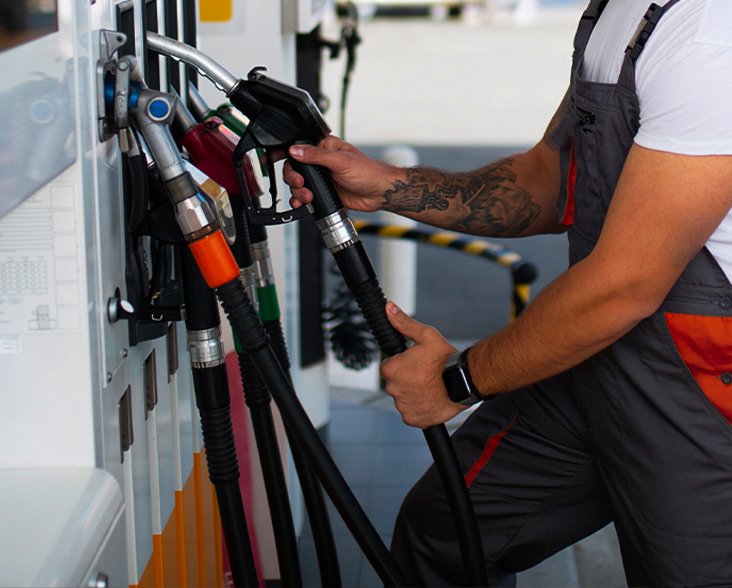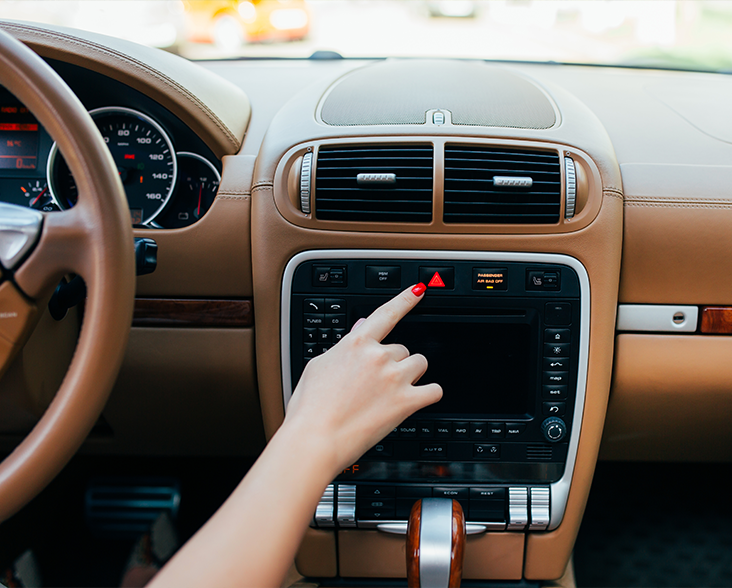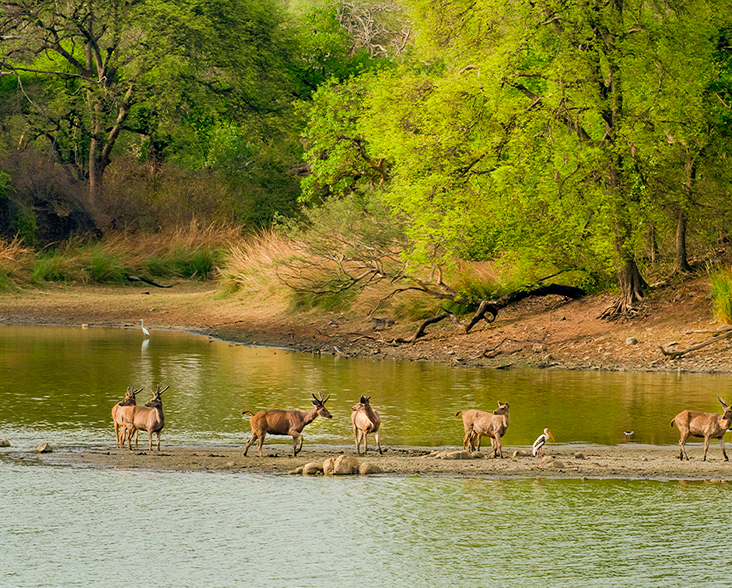Navigating Weather Variability: Insights into Indian Roads with Nayara
In a country as diverse as India, road infrastructure is a vital backbone supporting economic growth and connectivity. However, the challenges posed by weather variability significantly impact road conditions, creating hurdles for drivers and vehicles alike. Nayara Energy, a trusted name in fuel and energy, has consistently prioritised road safety and infrastructure enhancement. Through innovative solutions and campaigns, Nayara is committed to addressing these challenges and ensuring safer journeys for all.
Understanding Weather Variability
Impact of Monsoons, Heatwaves, and Sudden Temperature Changes
India experiences a wide range of weather conditions from torrential monsoons to sweltering heatwaves and abrupt temperature shifts. These fluctuations leave a lasting impact on road conditions, often deteriorating their quality over time. Monsoons, for instance, can lead to severe waterlogging, while extreme heat causes cracks and potholes on roads. Sudden temperature changes also strain the road materials, contributing to their wear and tear.
Weather variability isn’t just a challenge for road conditions in India; it also affects the efficiency of transport systems. Understanding these dynamics is crucial for developing resilient road infrastructure in India that can withstand the rigours of changing weather patterns.
How Different Weather Conditions Affect Road Quality
Weather variability disrupts road infrastructure in India, weakening its durability and functionality. During heavy rains, roads often erode due to water seepage, resulting in hazardous potholes. Heatwaves, on the other hand, soften asphalt, causing it to deform under the weight of vehicles. Sudden drops in temperature can lead to cracks in road surfaces due to the contraction and expansion of materials. These issues highlight the urgent need for better materials and construction techniques to maintain road conditions in India.
Impact of Monsoons on Indian Roads
How Heavy Rainfall Leads to Water Logging
Monsoons are a double-edged sword for India. While they bring much-needed rain, they also lead to waterlogging on roads. This standing water weakens the foundation of the roads, leading to cracks, potholes, and, eventually, road failures. Waterlogging not only makes navigation difficult but also increases the risk of accidents. Drivers often have to deal with hidden potholes and slippery surfaces, which pose significant safety challenges.
How Bad Roads Affect Vehicles and Drivers in the Long Run
Poor road quality doesn’t just delay journeys; it also causes wear and tear on vehicles. From reduced tyre life to strained suspensions, bad roads significantly impact the maintenance costs of vehicles. Over time, the constant jolts and unpredictable terrains caused by bad roads lead to increased fuel consumption and higher repair bills. For drivers, navigating such road conditions adds physical strain and mental fatigue, making long journeys both challenging and hazardous.
Heatmap of Most Affected Regions in India
Regions like Maharashtra, Kerala, and the Northeastern states face the brunt of monsoon damage every year. Coastal areas are highly susceptible to road erosion due to the combination of heavy rains and saline environments. In these regions, roads often require frequent repairs, disrupting the daily lives of commuters and increasing maintenance costs for local governments. Creating a heatmap of these regions allows policymakers to prioritise resources and improve road infrastructure where it is most needed.
Measures Taken by Nayara to Address the Challenge
Understanding these challenges, Nayara Energy has taken proactive steps to mitigate the impact of monsoons on road conditions. Through collaborations with experts and local authorities, Nayara is investing in research and development to improve road durability. Additionally, its initiatives focus on educating drivers about monsoon car care tips to ensure their safety during adverse weather. By providing access to high-quality fuel through its extensive network, Nayara also helps drivers maintain their vehicles’ performance, even under challenging conditions.
Safety Measures for Drivers
Tips for Safe Driving in Various Weather Conditions
Monsoons: Reduce speed, maintain safe distances, and use fog lights in low visibility. Avoid driving through waterlogged areas where the depth is uncertain.
Heatwaves: Check tyre pressure frequently, as heat can cause them to overinflate. Park in shaded areas to prevent overheating and inspect coolant levels regularly.
Sudden Temperature Drops: Ensure your vehicle’s wipers and defoggers are in working order to handle condensation and frost. Keep emergency kits handy, including blankets and a torch, when travelling in colder regions.
Navigating Weather-Related Road Challenges
Driving on waterlogged or cracked roads requires precision and patience. Avoid sudden braking and sharp turns to minimise skidding risks. Be especially cautious on poorly lit roads, as potholes and obstacles are harder to spot. Use your horn sparingly to signal your presence, especially during heavy rains when visibility is low.
Vehicle Maintenance for Weather Preparedness
Weather variability demands proactive vehicle maintenance. Here are some key tips: Regularly check tyres for wear and proper inflation to ensure a smooth and safe drive. Ensure your windshield wipers and brake systems are functioning optimally, especially during rainy or foggy weather.
Fill up your fuel tank on petrol pumps especially during monsoons, to avoid being stranded in waterlogged areas. Keeping your tank full also prevents moisture from accumulating inside, which can damage your engine.
Nayara Energy’s Campaigns for Driver Safety Awareness
In a country where over 4 million trucks shoulder 70% of domestic freight movement, Nayara Energy is pioneering an innovative approach to protect the unsung heroes of India's highways. Understanding that driver fatigue is a critical safety concern, the company has implemented a comprehensive safety ecosystem centered around cutting-edge AI technology. The cornerstone of this initiative is the AI-based Driver State Monitoring (DSM) Camera system, currently installed in 4,452 tank truck cabins. These intelligent cameras act as vigilant co-pilots, monitoring drivers' facial expressions to detect distraction, mobile phone usage, and drowsiness in real-time. When risks are identified, the system immediately alerts both the driver and the Vehicle Tracking System (VTS) control room, enabling swift intervention. Complementing this technological solution is Project Dronacharya, a unique mentor-driver program where experienced drivers share their wisdom and best practices with their peers. This holistic approach ensures every journey ends safely, protecting not just drivers but the countless families who depend on them.
Nayara Energy’s extensive network of petrol pumps ensures that drivers have access to reliable fuel options wherever they go. Strategically located across urban and rural India, Nayara Energy petrol pumps provide not just assured quality and right quantity fuel but also a seamless refuelling experience. With modern facilities, well-trained staff, and innovative payment options, Nayara Energy stands out as a trusted partner for every journey.
Furthermore, its high-quality fuel is formulated to enhance engine efficiency and performance, even under challenging driving conditions caused by weather variability. Whether you're navigating through waterlogged roads or enduring extreme heat, Nayara Energy fuels keep your vehicle running smoothly, helping you focus on the road ahead.




